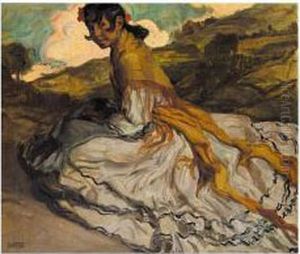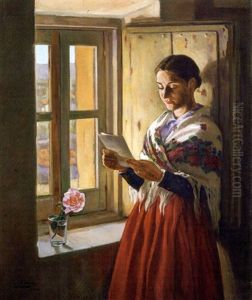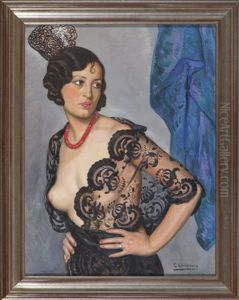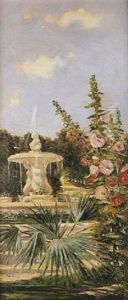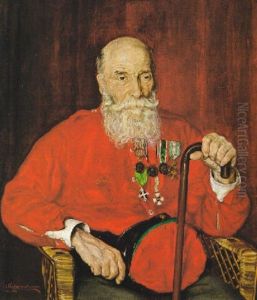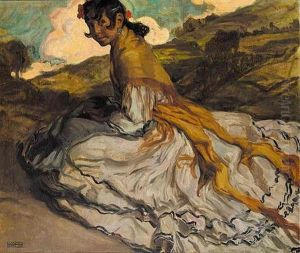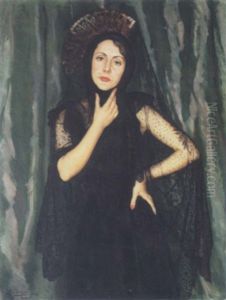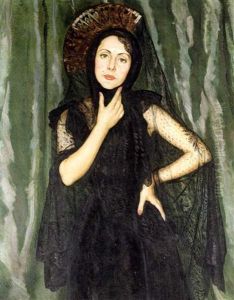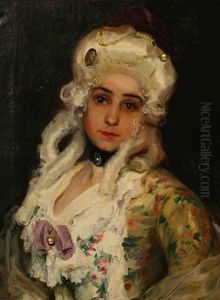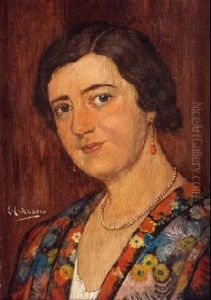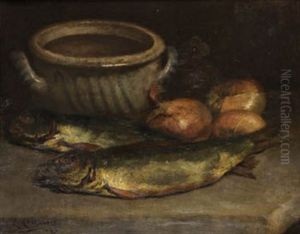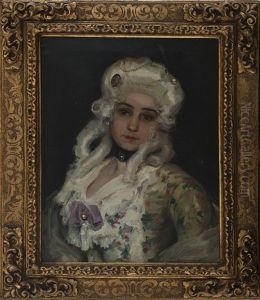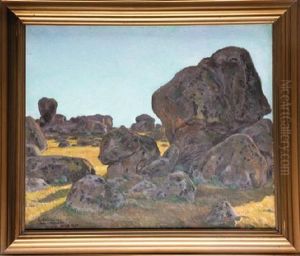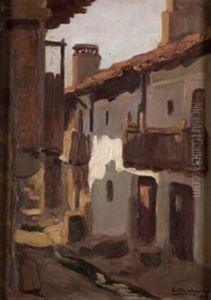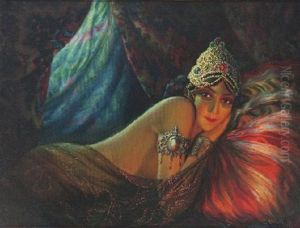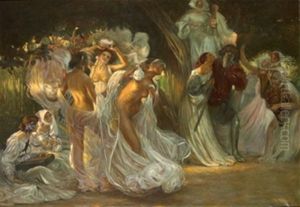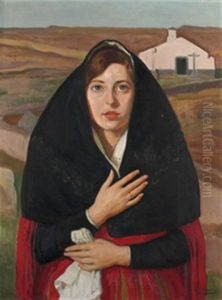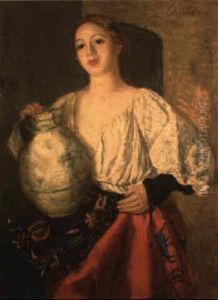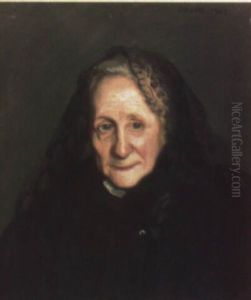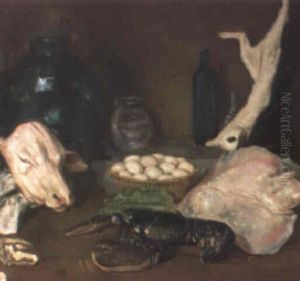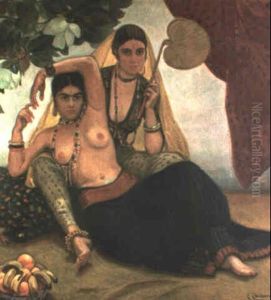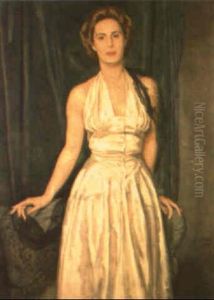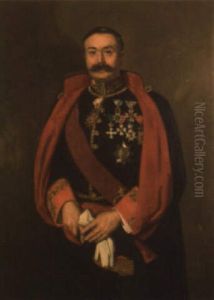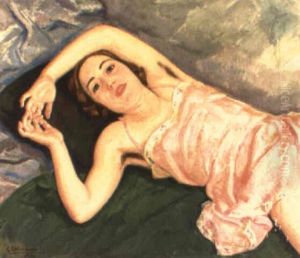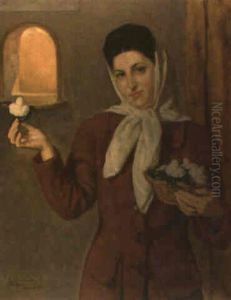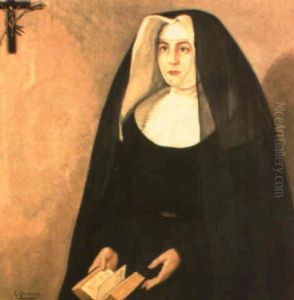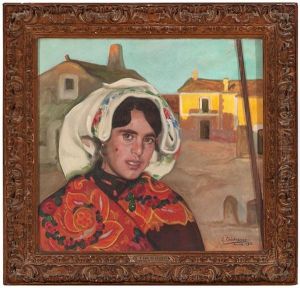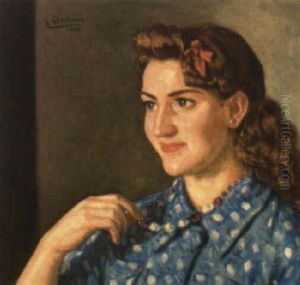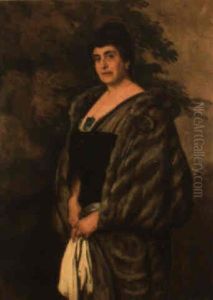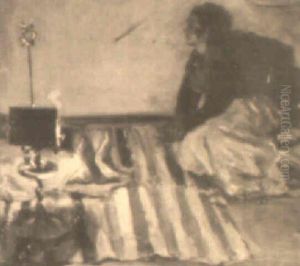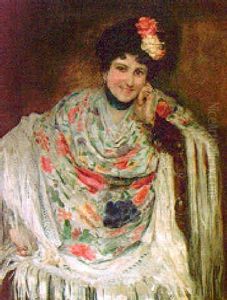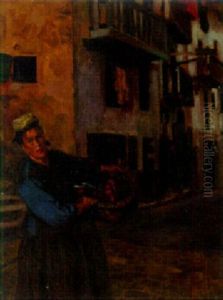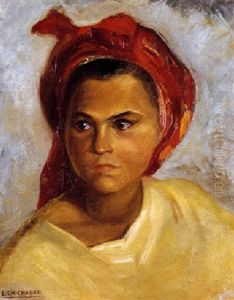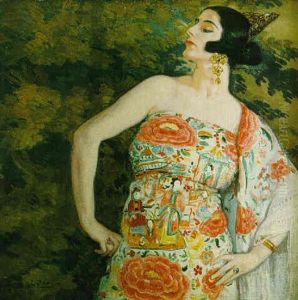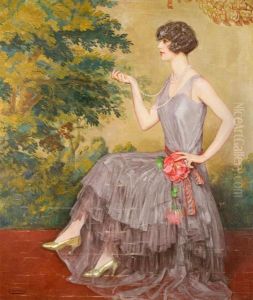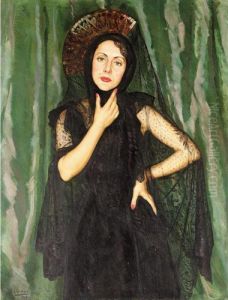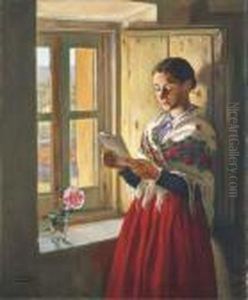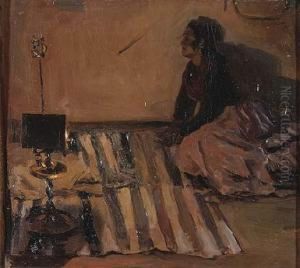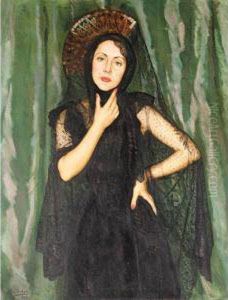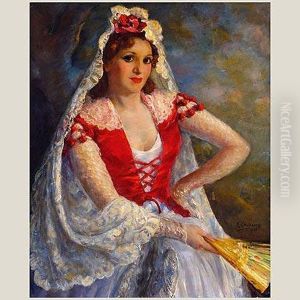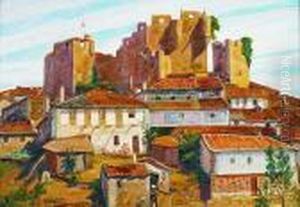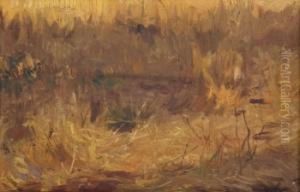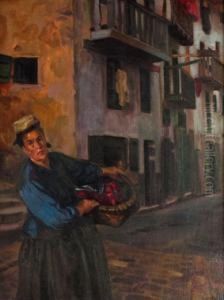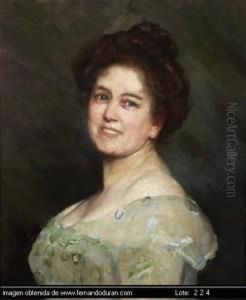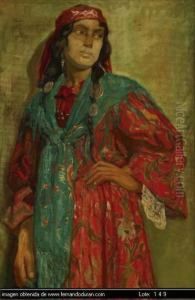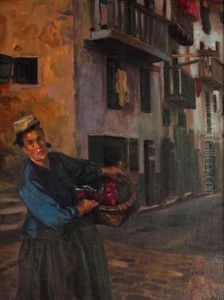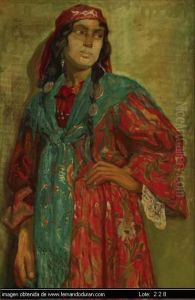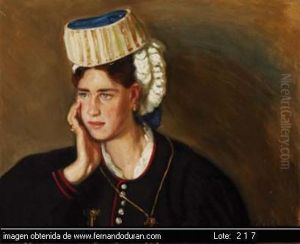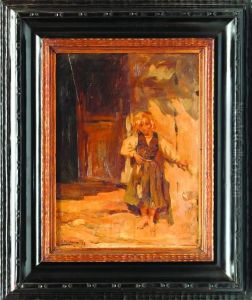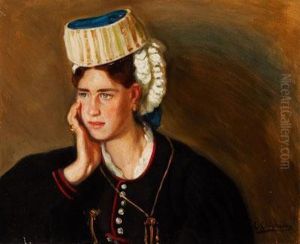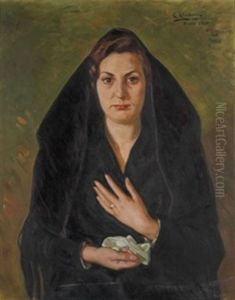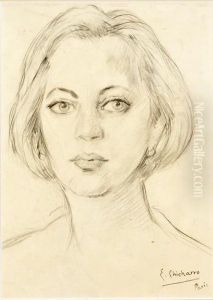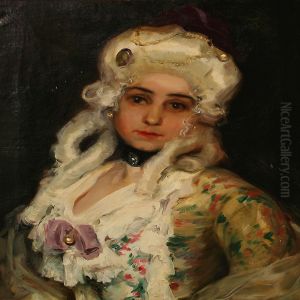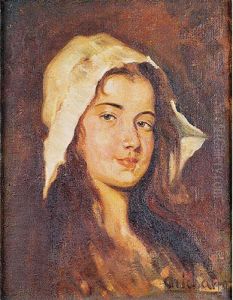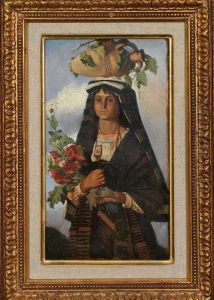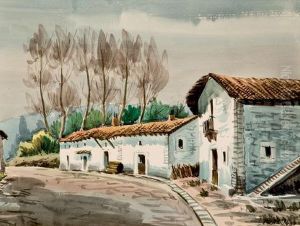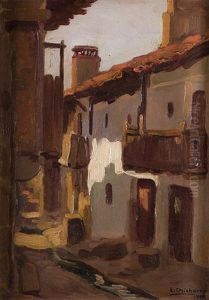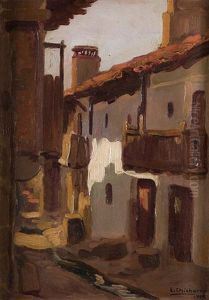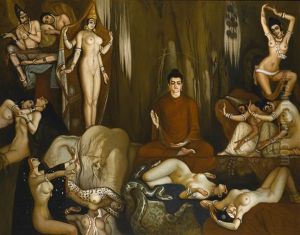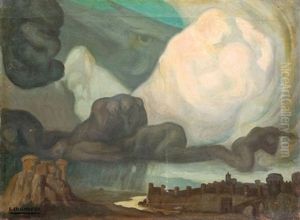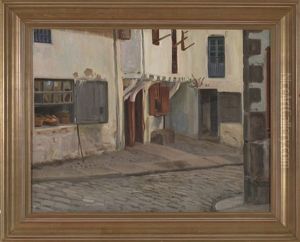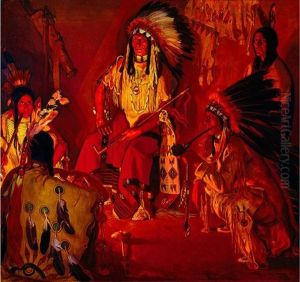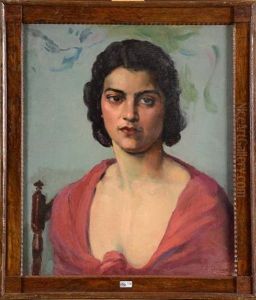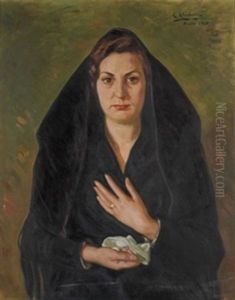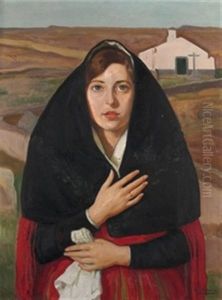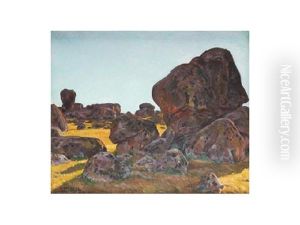Eduardo Chicharro Y Aguera Paintings
Eduardo Chicharro y Agüera was a prominent Spanish painter who played a significant role in the Spanish art scene at the turn of the 20th century. Born on April 7, 1873, in Madrid, Spain, Chicharro y Agüera was part of a generation of artists that helped to modernize Spanish art, moving away from the academic traditions of the 19th century towards more contemporary and innovative styles.
Chicharro y Agüera studied at the Royal Academy of Fine Arts of San Fernando in Madrid, where he was influenced by the prevailing academic styles. However, his later work would show an evolution towards Impressionism and Symbolism. He was particularly known for his portraits and his ability to capture the psychological depth of his subjects. His style evolved over the years, incorporating elements of modernist aesthetics and often reflecting the influence of other contemporary European art movements.
Throughout his career, Chicharro y Agüera received numerous awards and honors for his work. He participated in various national and international exhibitions, and his paintings were well-received by both critics and the public. In 1908, he was awarded a silver medal at the National Exhibition of Fine Arts in Spain, and in 1910, he received a gold medal at the International Exhibition in Buenos Aires.
In addition to his painting, Chicharro y Agüera was also involved in teaching and took on several notable pupils. He became a professor at the School of Fine Arts in Madrid and later served as the director of the Spanish Academy of Fine Arts in Rome from 1920 to 1931.
Chicharro y Agüera's work was part of the cultural revival known as the Silver Age of Spanish culture, which spanned from the late 19th century to the outbreak of the Spanish Civil War in 1936. His contributions helped to shape modern Spanish art and paved the way for future generations of Spanish artists.
Eduardo Chicharro y Agüera passed away on July 11, 1949, in Madrid, leaving behind a legacy as one of Spain's influential and progressive artists of his time. His works continue to be celebrated and are held in various private collections and museums, including the Museo del Prado in Madrid.
